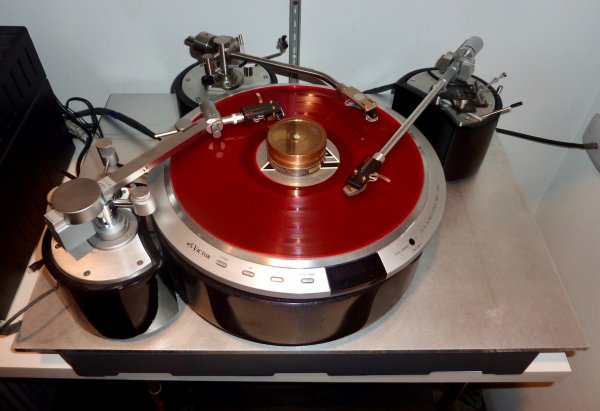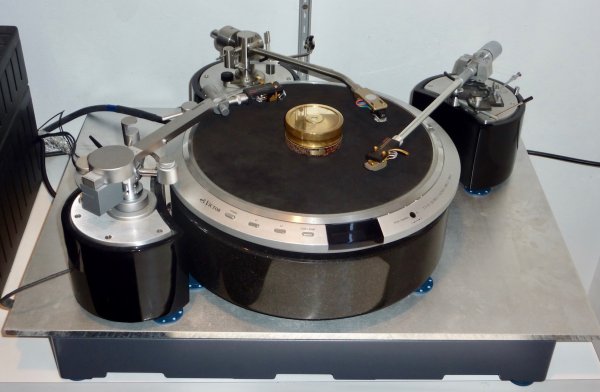the link for the manual PDF from the Table Stable website...page 14.
http://tablestable.com/uploads/ckeditor/TS-150/Manual TS V 1.02.pdf
I had seen the AVI manual before - it also only says Transmissibility.
the link for the manual PDF from the Table Stable website...page 14.
http://tablestable.com/uploads/ckeditor/TS-150/Manual TS V 1.02.pdf
fascinating to read...thanks Taiko. In the crudest of all comparisons...i have found all-metal mass damping NOT to work for me at all...but i DO like dense metals (used purely as weights) on top of HRS Nimbus Couplers or Artesania damper plates. So it is intriguing that you have discovered your formula of aluminum/viscoelastic/panzerholz vs pure aluminum. There may well be 0 correlation to my own personal observations with just 'whatever materials i had at my disposal'...but I did find upper mids/treble in piano to be where i had the most problems with 'just metal', even well regarded isolation products made entirely of metal.
I had seen the AVI manual before - it also only says Transmissibility.
This is interesting indeed.....This is very interesting Edward, so if this is the case what we’re hearing could be the effects of this electromagnetic field on the cartridge and/or nearby wires and electronics.
david


Which measurement would you like to see?
In our experience metals in simple shapes have to be damped to minimise oscillatory behaviour, ringing. Transmissibility in metals is very high and damping very low, so it tends to ring like a bell. Brass and copper have roughly twice the damping factor of steel which has roughly twice the damping factor of aluminium. (...)
And voila......total silence
Mostly transient and pulse measurements. Something that could explain your improvements - I am almost sure they will not show in this type of graphs.
There is a lot more than damping when analyzing the vibrational behavior of a defined body - mass and shape can not be ignored, as they define the boundaries.
Damping analysis usually considers material damping and structural damping - it seems to me that in this type of application structural damping is dominant.
it seems to me that the problem is much more complex than it seems
Just my .02 about platforms ...
Nice job! How do you like the herzan underneath your tt?
Interference of active platform SMPS electronics under my various sensitive components psus was another main reason I’ve decided to stick w passive platforms solutions.
Interference of active platform SMPS electronics under my various sensitive components psus was another main reason I’ve decided to stick w passive platforms solutions.
Maybe so, but alas too pricey for me in wanting 8 platforms in total.
Peter, no, this was purely a theoretical disadvantage for me, with my tube gear and associated psus being prone to hum.
Since there is somewhat of a consensus that passive pneumatics are better suited to springy suspended wooden floors, and potential of hum issues with active, my choice was an easy one in the end, sealed by the advantages heard in SQ.
Francisco, it’s not my consensus, but other’s.
When I put it out there that in my passive Stacore v active Kuraka trial, passive was superior across the board, I was told by the proponents of active that my springy wooden floor was not the ideal surface for active to show of its best.
Now of course this could be right. Otoh, it could also be because passive is better suited to audio applications than active irrespective of the floor.
I personally don’t subscribe to the aforementioned consensus, I’m more likely to consider a new passive design that has been formulated from the ground up to be optimal for our uses to be the reason.
The lack of hum issues in going passive was an additional parallel concern for me.
| Steve Williams Site Founder | Site Owner | Administrator | Ron Resnick Site Owner | Administrator | Julian (The Fixer) Website Build | Marketing Managersing |


